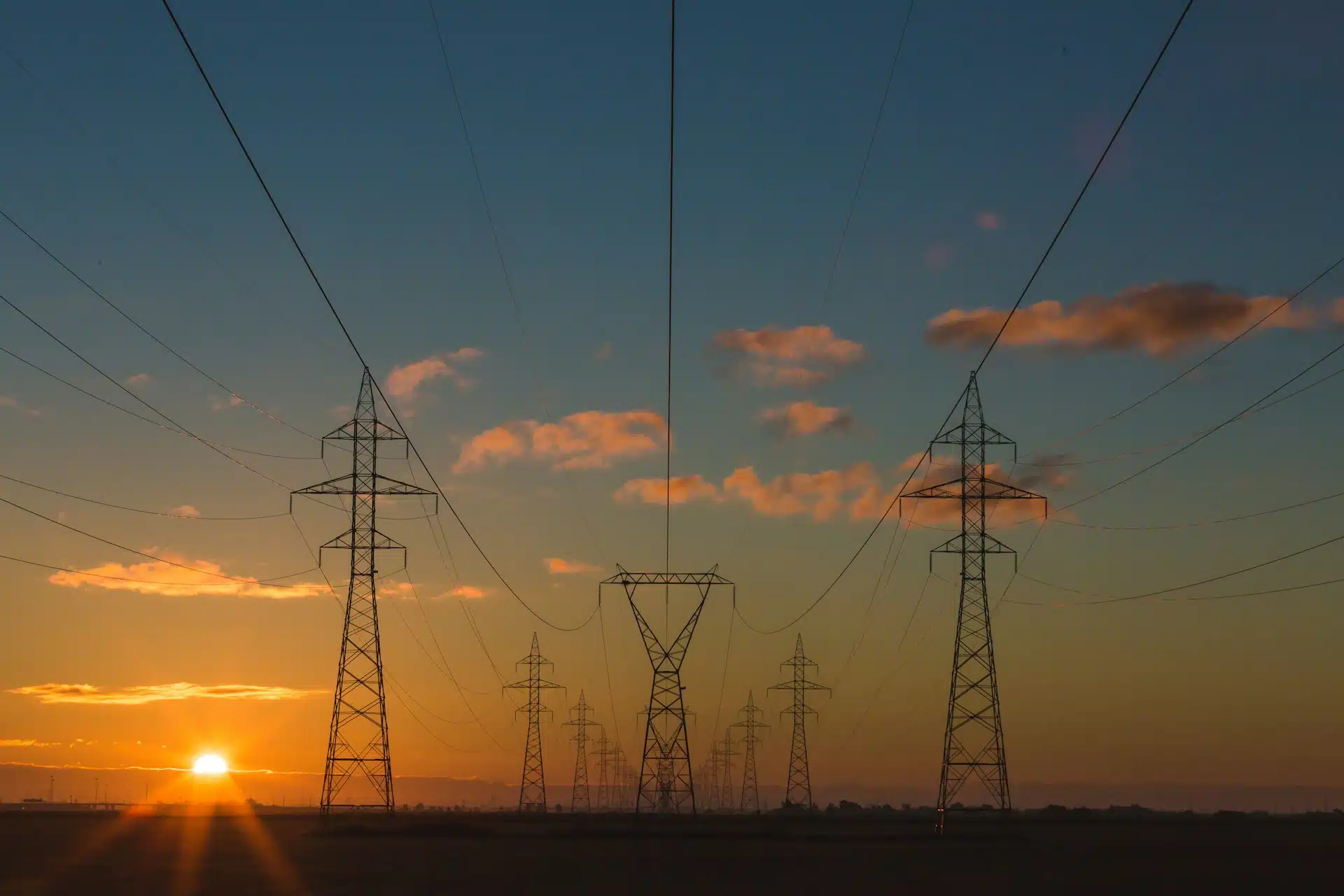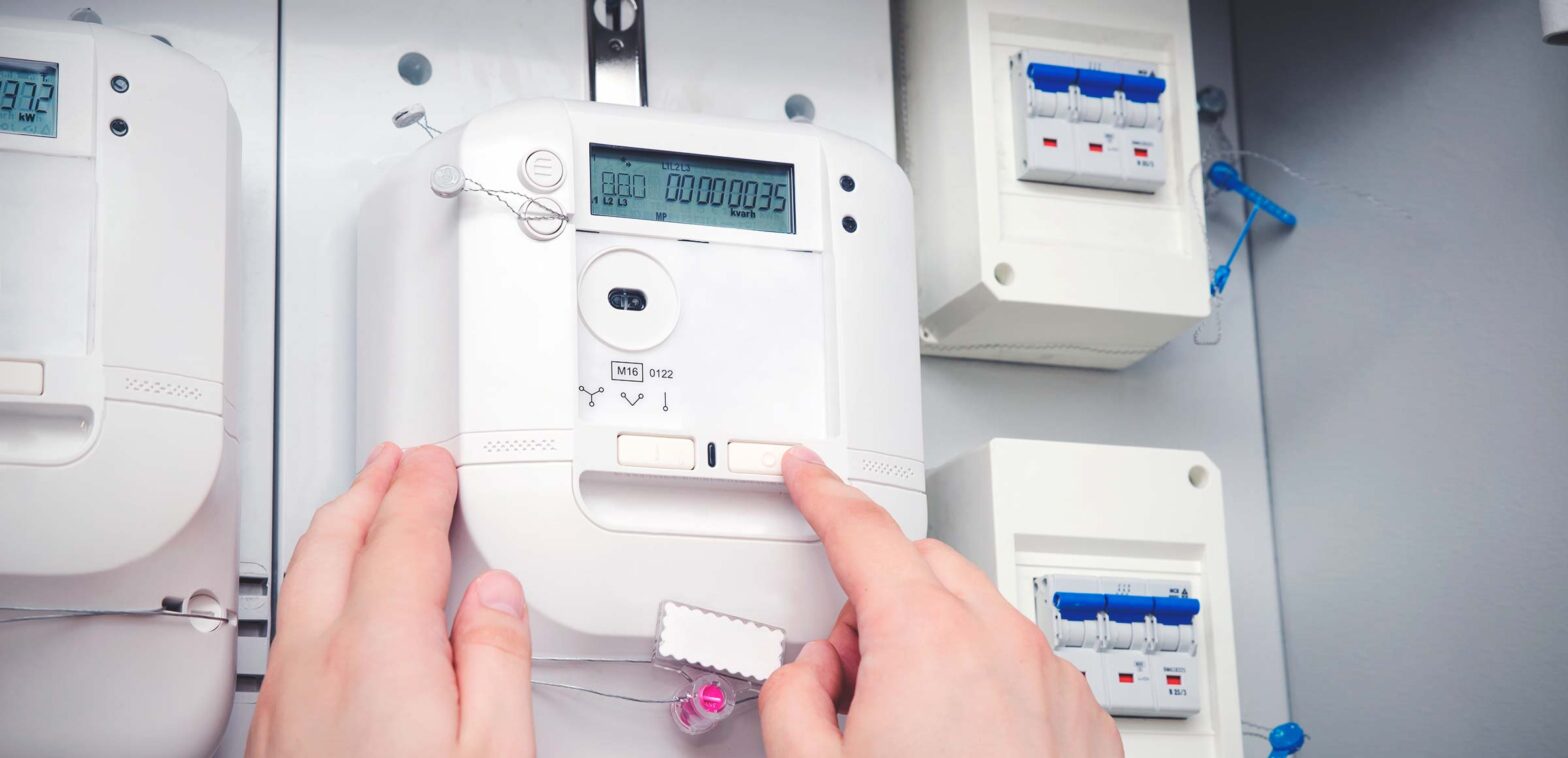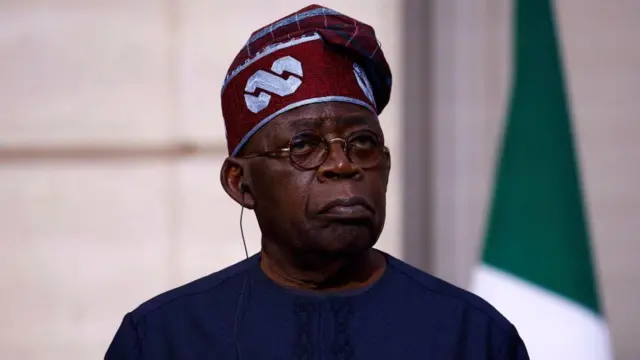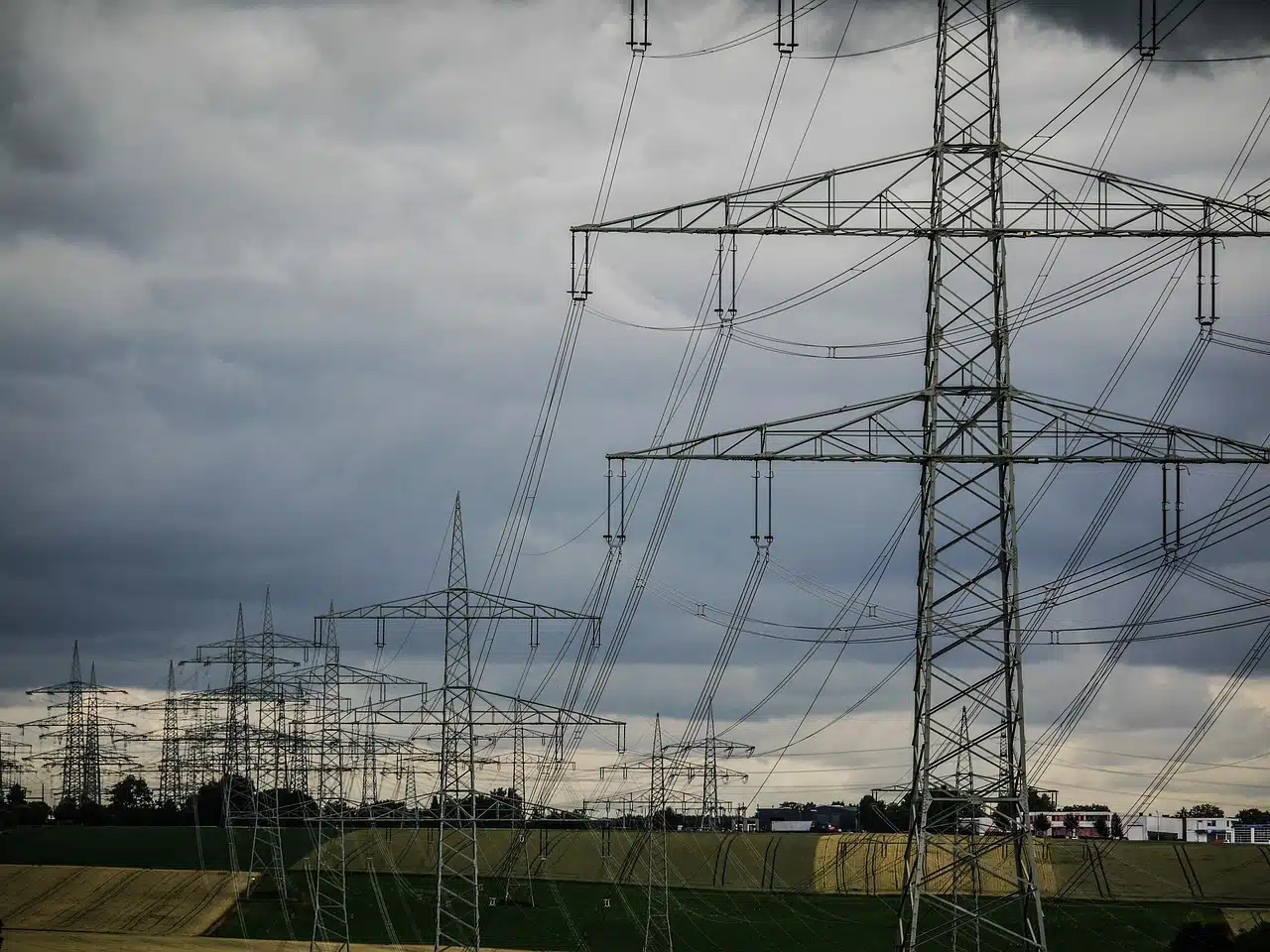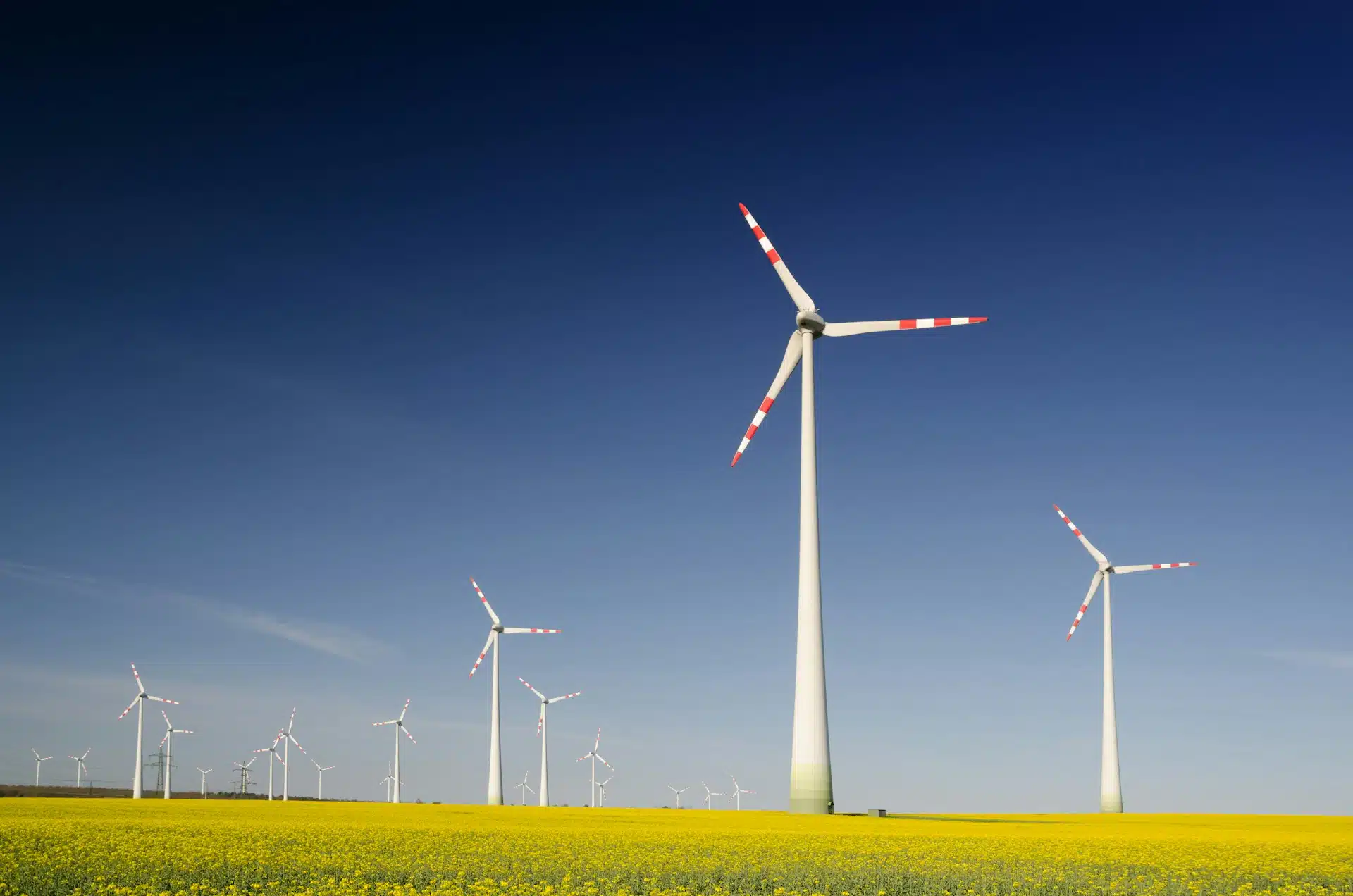Electricity challenges in the East African nation of Uganda continue to persist as over 30% households and businesses now face frequent blackouts, according to a new report by ScienceDirect.
The study noted that Uganda’s installed electricity capacity significantly increased from 609.4 MW in 2012 to 2,048.1 MW by the end of 2024. Additionally, policy changes like the Free Electricity Connection Policy (2018–2027) aim to raise rural electricity access to 60% by 2027.
Despite these efforts, the study finds that national grid electricity access currently sits at only 25.3%, with rural access still falling short at 9.1%.
“The majority of rural households still rely on inefficient and costly energy sources like kerosene, solar lamps, and biomass, leading to severe health and environmental repercussions and economic losses, particularly affecting women and girls,” ScienceDirect says.
The study indicates that the country needs an urgent rethinking of strategies to successfully overcome these obstacles and completely realise electricity’s potential for driving national growth.
“In addition, the issue of power stability is of concern to many households and firms who spend several hours a day without electricity service, and in instances when electricity is available, blackouts are prevalent, with more than 30% reporting not having electricity despite being connected to the grid,” the report added.
Just last month, Uganda instituted higher electricity tariffs in anticipation of a 10.4 % growth in electricity demand in 2025.
Uganda’s efforts to tackle electricity challenges
Moreover, Uganda is fresh off the successful takeover of electricity transmission and distribution operations in the country after it transferred operational control from Umeme Limited to Uganda Electricity Distribution Company Limited (UEDCL).
The Ugandan government also allocated Shs370 billion ($100.9 million) to the Uganda Electricity Distribution Company Limited (UEDCL) to fund an upgrade to the nation’s power grid.
The funds, according to the country’s Energy Ministry, will go to financing the replacement of outdated transformers, installation of smart grid systems, and rehabilitation of distribution lines.
Uganda has also launched the ORIO Mini Hydropower Project which aims to build nine mini hydropower plants across seven districts in the nation.
The project, aimed at enhancing rural electrification in the country, will provide 6.7 megawatts (MW) of affordable and reliable electricity to underserved communities in seven districts including Kasese, Bushenyi, Mitooma, Hoima, Kabarole, Bunyangabu, and Bundibugyo.

